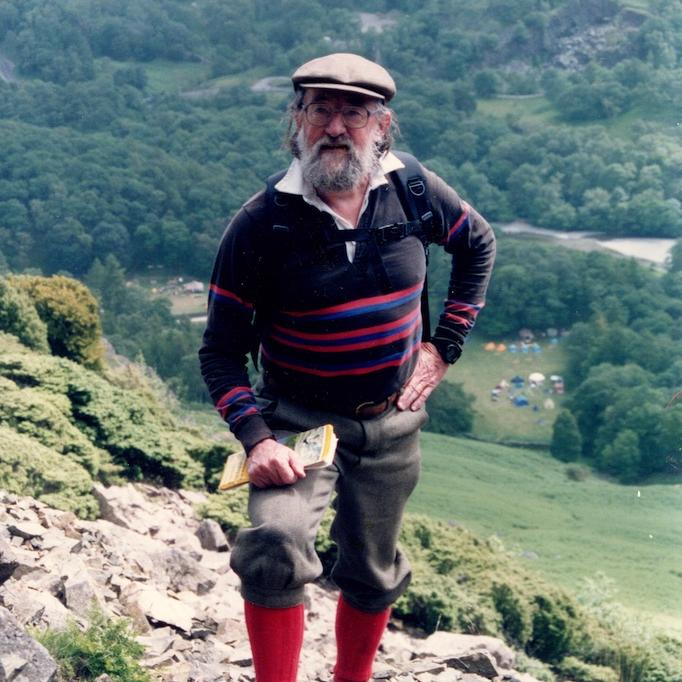
 Department Homepage
The College of Arts & Sciences
Department Homepage
The College of Arts & Sciences
A not-quite-random walk demystifies the algorithm
The algorithm is having a cultural moment. Originally a math and computer science term, algorithms are now used to account for everything from military drone strikes and financial market forecasts to Google search results.




